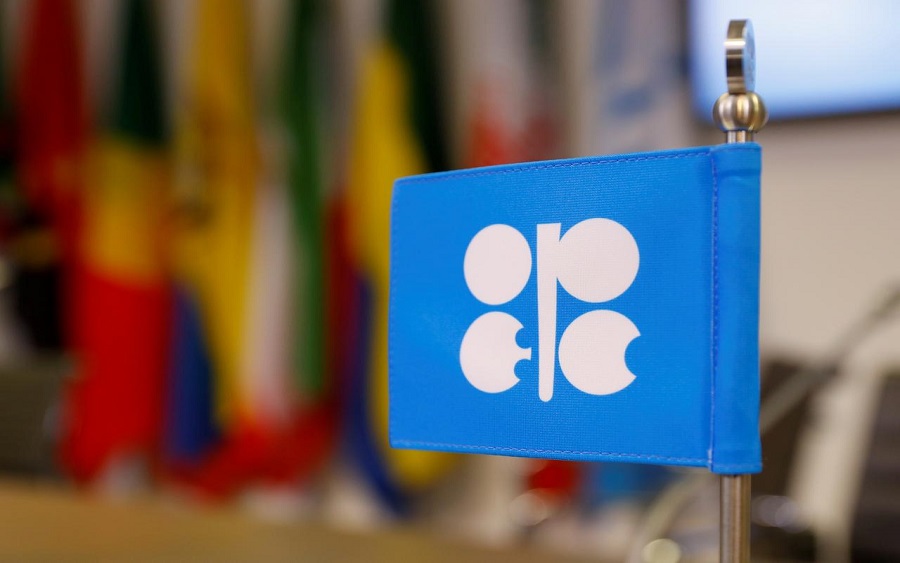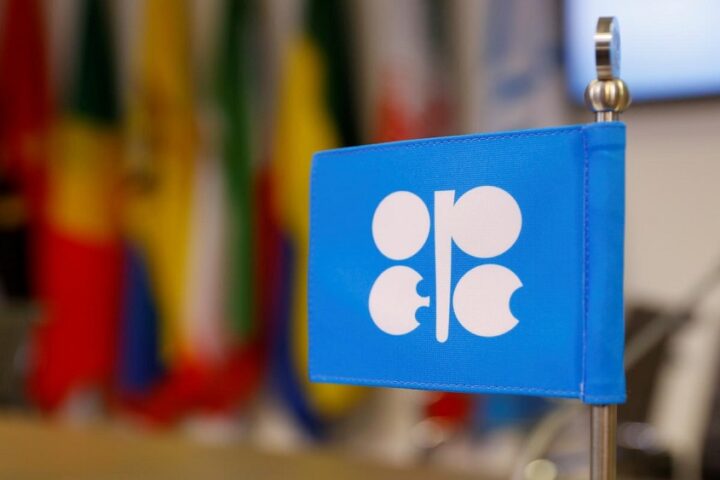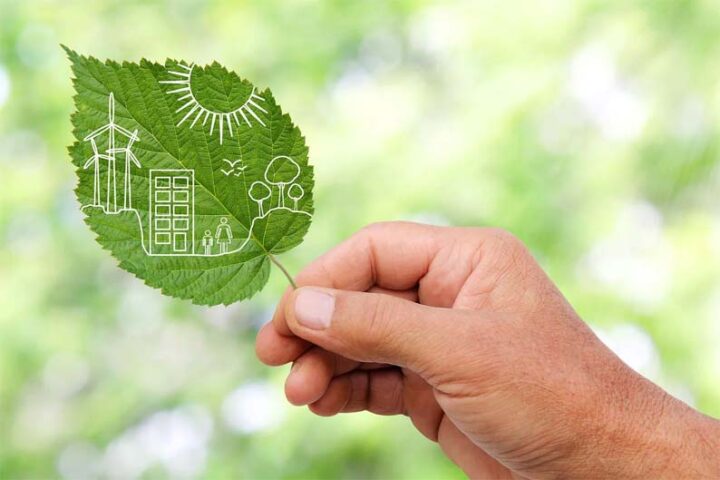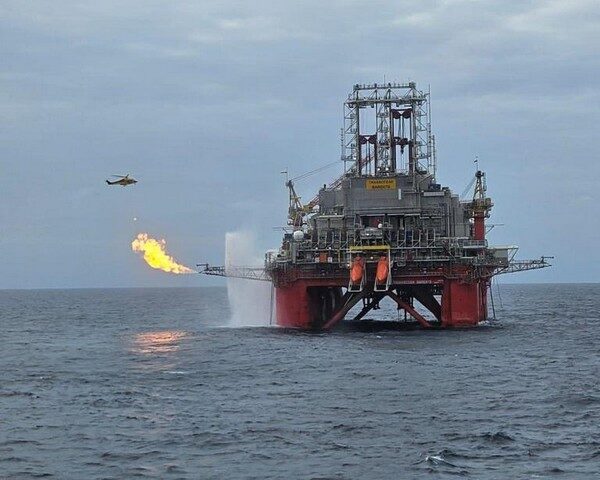The OPEC+ group of oil-exporting members plus Russia and others agreed to stick to its April 12 decision to increase crude oil production by 400,000 barrels per day every month and return to pre-Covid-19 production levels by the end of 2022.
OPEC+ made this decision disregarding US President Joe Biden’s call to increase production further – despite his clean energy agenda – to bring oil prices down.
OPEC+ has indicated that it might consider further supply tightening in future if the resurgence of Covid-19 causes markets to slow down or if other adverse factors cause oil inventories to return to surplus next year.
Its next scheduled meeting is on October 4.
The immediate response of the oil markets was positive, with the oil price finishing the week at just over $73 a barrel.
There was some short-term impact from Hurricane Ida that struck Louisiana, the Caribbean, and the US East Coast, but it is unlikely to have any other lingering effects.
OPEC+ based its decision to maintain production increase on the fact that, in its view, global economic recovery is continuing despite some systematic uncertainties with Covid-19.
OPEC+ said, “while the effects of the COVID-19 pandemic continue to cast some uncertainty, market fundamentals have strengthened, and OECD oil stocks continue to fall as the recovery accelerates.”
Another factor that may bring oil prices down is the tapering of stimulus measures by the US Federal Reserve, expected to start in November/December.
However, OPEC+ expects global oil demand to rise by 4.2 million bpd in 2022 to over 100 million bpd.
By the second half of 2022, it is expected to return to 2019 levels.
Energy consultants Wood Mackenzie said that OPEC+ is expected to stick to this supply plan into 2022, and based on current forecasts, the oil market should be relatively balanced next year.
Given lingering problems with Covid-19 and the Delta variant, some consider this optimistic.
However, given that the IMF now expects global economic growth in 2022 to be greater than its earlier forecast, 4.9% instead of 4.4%, OPEC+ may yet be proven right.
If that happens and oil inventories keep falling, prices may hover within the $70-80 a barrel range.
Tight control
This decision and its impact demonstrate once again the tight control OPEC+ has over the oil markets.
Predictions of its demise have again proved to be highly overstated.
The OPEC+ decision may keep the crude price stable around the $70 mark for a while – slightly above pre-Covid-19 levels.
Even though high, it is not too high to slow down global economic recovery.
But it is high enough to support the revival of the oil industry and spur upstream developments, much needed if future shortages in oil supply are to be avoided.
With oil demand not expected to peak soon, without new investments, the demand-supply gap could carry on increasing, causing supply shortages later this decade.
For Cyprus consumers, this could mean no more significant hikes in fuel prices and possibly no significant reductions.
However, this will not stop future hikes in the electricity price.
This is affected by the massive increases in the price of carbon emission allowances, which is now double its level a year ago and is expected to more than double again by 2030.
Cyprus electricity prices are among the highest in Europe.
The only way to bring them significantly down is through the much wider adoption of renewables – to provide as much as 50% of electricity by 2030.
Not only is renewable electricity much cheaper, but it will also bring emissions down – helping Cyprus comply with its targets – and the cost of emission allowances to EAC.
By Dr Charles Ellinas, Senior Fellow at the Global Energy Center, Atlantic Council
https://twitter.com/CharlesEllinas









